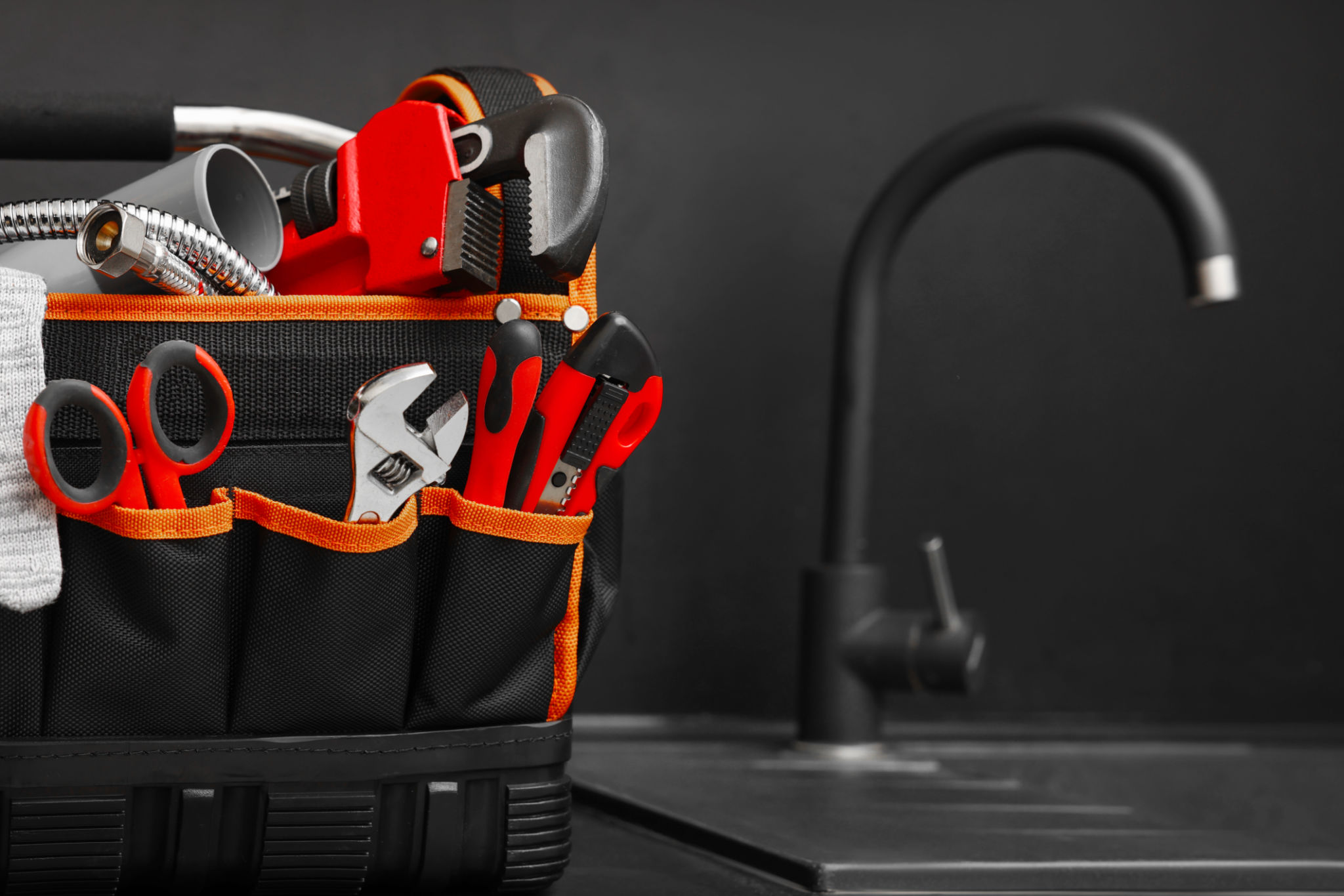The Ultimate Guide to Commercial Structure Upkeep: Best Practices and Tips
Understanding Commercial Structure Upkeep
Maintaining a commercial structure is crucial for ensuring longevity, safety, and operational efficiency. Proper upkeep can prevent costly repairs, enhance curb appeal, and provide a safer environment for employees and customers alike. This guide will walk you through some of the best practices and tips to keep your commercial building in top shape.
The process of commercial structure upkeep involves a comprehensive approach that covers the exterior and interior aspects of a building. Regular inspections, timely repairs, and preventive maintenance are key components of an effective upkeep strategy.

Exterior Maintenance
Roofing and Gutters
The roof is a critical part of any building, protecting it from weather elements. Regular inspections can identify issues such as leaks or damaged shingles early on. Gutters also play a vital role in directing water away from the building, preventing water damage. Ensure they are cleaned regularly to avoid clogs.
Facade and Windows
The exterior walls and windows should be checked for cracks, peeling paint, or other damages. Not only does this affect the building's appearance, but it can also lead to structural issues if not addressed promptly. Routine cleaning of windows will also improve natural light inside the building.

Interior Maintenance
HVAC Systems
Heating, ventilation, and air conditioning systems require regular maintenance to function efficiently. Filters should be replaced regularly, and the entire system should be inspected by a professional at least once a year. This not only ensures optimal performance but also extends the lifespan of the equipment.
Plumbing and Electrical Systems
Plumbing issues like leaks or blockages can cause significant damage if left unchecked. Regular inspections can prevent such problems. Similarly, electrical systems should be evaluated for any potential hazards or inefficiencies, ensuring safety and reducing energy costs.

Preventive Maintenance Strategies
Implementing a preventive maintenance strategy is one of the best ways to ensure long-term building health. This involves scheduling regular inspections and services for various building components before issues arise. By being proactive, you can avoid unexpected breakdowns and costly emergency repairs.
- Schedule regular inspections for structural integrity.
- Maintain a log of all maintenance activities for reference.
- Invest in quality materials for repairs to ensure durability.
Hiring Professional Services
While some maintenance tasks can be performed in-house, it's often beneficial to hire professional services for more complex jobs. Professionals bring expertise, specialized tools, and experience that can ensure tasks are completed efficiently and safely.
Whether it's for HVAC systems, electrical work, or extensive repairs, hiring qualified professionals can save time and prevent potential hazards. Always verify credentials and reviews before contracting any service provider.

The Benefits of Regular Upkeep
Regular upkeep not only preserves the structural integrity of the building but also enhances its value. A well-maintained property is more attractive to potential tenants or buyers and can command higher rental or sale prices. Furthermore, maintaining a clean and safe environment boosts employee morale and productivity.
In conclusion, investing time and resources into the upkeep of your commercial structure is essential for protecting your investment. By following these best practices and tips, you can ensure your building remains in excellent condition for years to come.